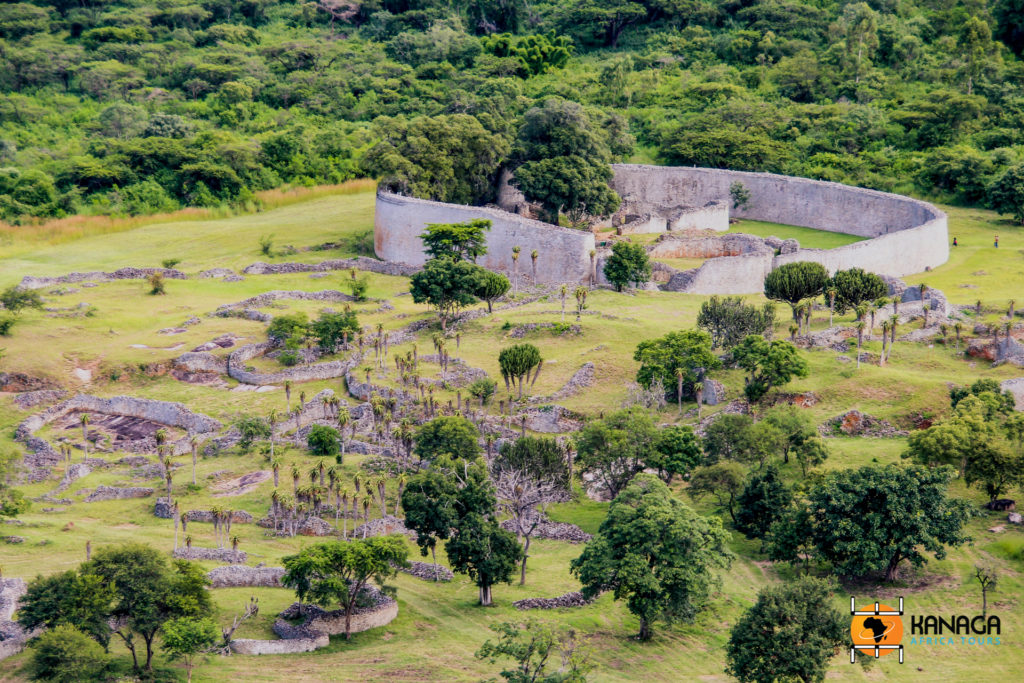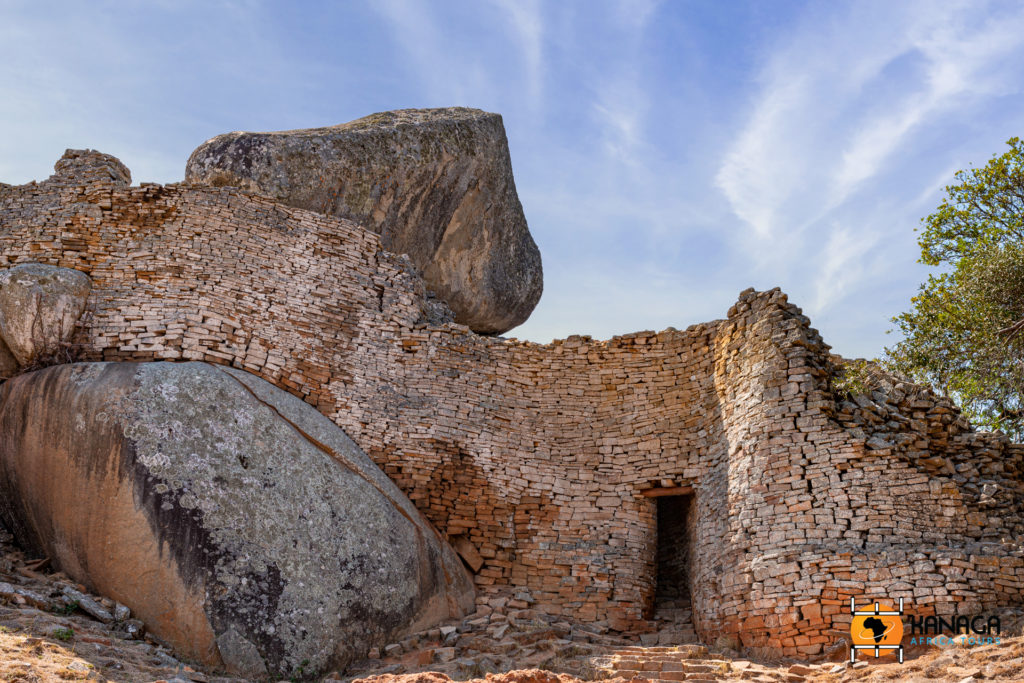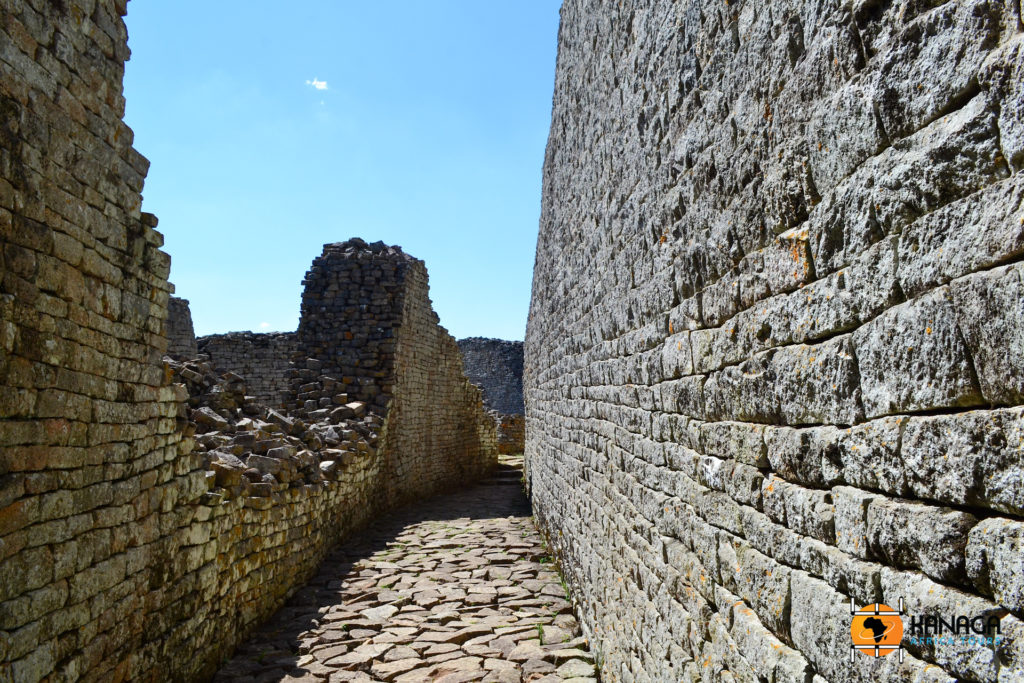Amid Solomonic legends about the Queen of Sheba and archaeological hypotheses that lead back to the Bantu people of the Shona, the mythical stone ruins of the city of Great Zimbabwe, a UNESCO World Heritage Site since 1986, represent one of the oldest, most imposing, complex and best-preserved sites in the whole of pre-colonial Southern Africa, yet still partly shrouded in mystery.
It is here that the votive steatite carvings of the so-called ‘Zimbabwe Bird’ were found, depicting a stylised bird of prey that has become the emblem of the modern state, electing Great Zimbabwe to the symbol of cultural identity and cradle of the country’s origins, which has therefore decided to inherit its name as well.
The roots of the word ‘zimbabwe’ are to be found in the Shona language and its dialects, linked to the meaning of ‘stone house’ or ‘sacred house’, both pertaining to what was once a city built entirely of granite stone, without binders, and some of its main buildings used as royal courts and religious shrines.
By the time the Portuguese arrived in the late 15th century, Great Zimbabwe had already been mysteriously abandoned, while its origins are now traced back to the 11th century, in an area previously inhabited by small local tribes.
Initially, British colonial policy had every interest in not recognising such an architectural masterpiece as the fruit of African genius, perpetuating an ancient hypothesis/legend of early European archaeologists, explorers and scholars, who wanted to glimpse a biblical origin from the Solomonic temple in the ruins of Great Zimbabwe.
While the partly mysterious history of this vast stone complex and the conjectures that have arisen around its origins are fascinating, undeniable is the refinement of its architecture and the complexity of its construction that make it unique in the whole of Africa, emblematic of an African, Bantu, medieval culture.
Its importance as a strategic commercial hub is evidenced by the numerous finds of Arab coins, oriental ceramics and porcelain, and gold that was extracted from mines in the area, and was the raw material traded and exchanged.
Today, the 80-hectare site can be fully visited in its three main areas, the part considered sacred and where the royal court was, on the top of the rocky hill, the part of the buttresses of the city walls, erected in the 14th century, with the dwellings inside, and finally the part in the valley that includes scattered architecture, built later, in the 19th century, using a technique similar to the ancient city, by later local populations who continued to invest Great Zimbabwe with sacredness and use it in ancestral rituals.
The imposing walls built entirely of carved granite and the cone-shaped tower, perfectly regular and towering 20 metres high, are today the main and beautifully preserved masterpieces in the architectural complexity of the city and testify to the elaborate conception of this centre, which probably housed up to 18,000 inhabitants at the height of its splendour.
Great Zimbabwe, stands with its cyclopean ruins at 1100 metres above sea level, not far from the town of Masvigo, and is today considered a national monument, a grand testimony to the high level of civilisation that the Shona people achieved, and with which the whole of Zimbabwe, today, symbolically identifies.







